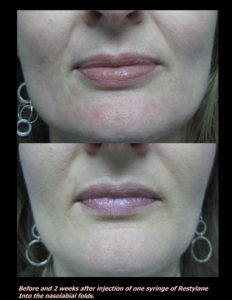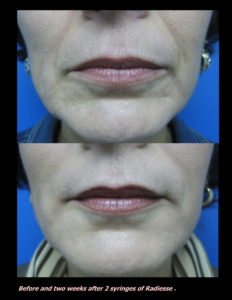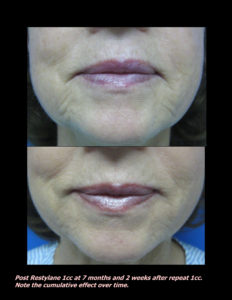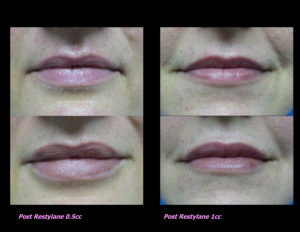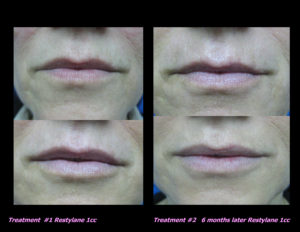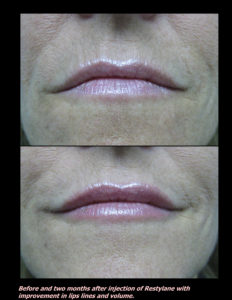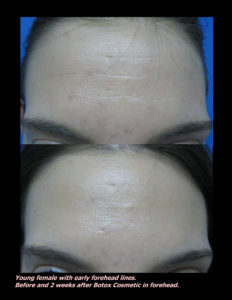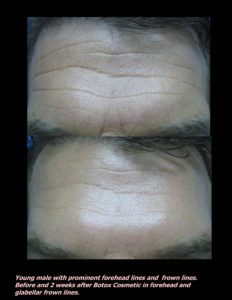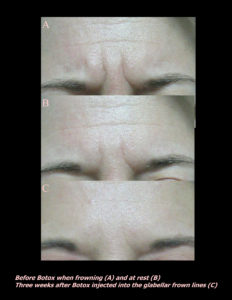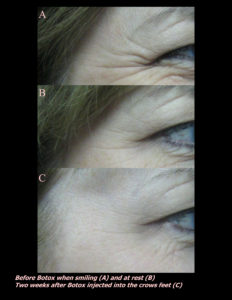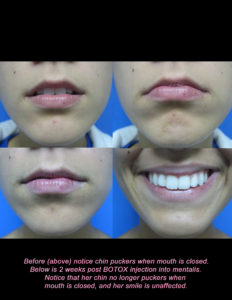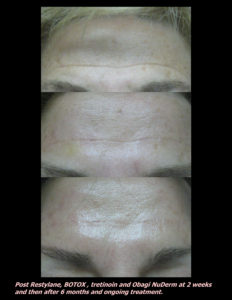A common question around the office this week was, “Did you hear that Jimmy Carter has melanoma in his brain?” That question was followed with, “How did he get skin cancer in his brain?”
Good question. A little science lesson is required to adequately answer the question. Melanoma is a cancerous growth of melanocytes, pigment cells that normal occur in the skin. However, during embryonic development a subset of melanocytes also normally occur in a few other locations including the brain and the eye. So, we can have melanoma occurring in areas outside of the skin in areas such as the brain for two major reasons. A primary melanoma, theoretically can arise from melanocytes in any of the non-skin locations where pigment cells normally reside. We have a few patients in our practice who have had a primary melanoma in the eye. In contrast, a metastatic melanoma, originates in another area such as the skin and then spreads to locations such as the brain, lungs, and liver. Often, as in the case of President Carter, melanoma lesions are found in the internal organs on a CT or PET scan without any preceding knowledge of a melanoma on the skin. When this happens, we say that there is an “unknown primary”. When Dr. Rosenberger worked at a melanoma center during residency, she often did skin exams on patients looking for a “primary melanoma” lesion.
Our prayers are with the former president during this very difficult time. According to press releases, at this time former President Carter has Metastatic Melanoma with an “unknown primary”.
While it may never be known where his melanoma originated, we do know that each of us can take this as a warning to be vigilant about monthly self-skin exams and yearly dermatologist skin exams. As dermatologists, we spend most of our days in the office looking at patients’ “spots”. Dermatologists are trained to discern which “spots” are common and benign, versus which ones that are worrisome and need biopsy or treatment.

There are a number of criteria we use when we evaluate a “spot” someone is concerned about. We encourage you to go through the same process as you do your monthly skin exam. When looking for Melanoma we often use the ABCDE criteria. These are reviewed in the following video from the American Academy of Dermatology.
To learn more about melanoma and other types of skin cancer check out the skin cancer education section of the American Academy Dermatology’s website.
If you have a lesion or spot you are concerned about, please check out the references we have included, and when in doubt, see your dermatologist for an examination. We also recommend a yearly skin exam especially for anyone who has had significant sun exposure, severe sunburn, or tanning bed use.
Below are two clinical pictures of melanomas we discovered on skin exams in our office this summer. As you can see, it can sometimes be tricky. So when in doubt, have it checked.
[guestpost]This post was written by Aaron Santmyire, APRN-BC, DNP, Nurse Practitioner at Appalachian Spring Dermatology[/guestpost]


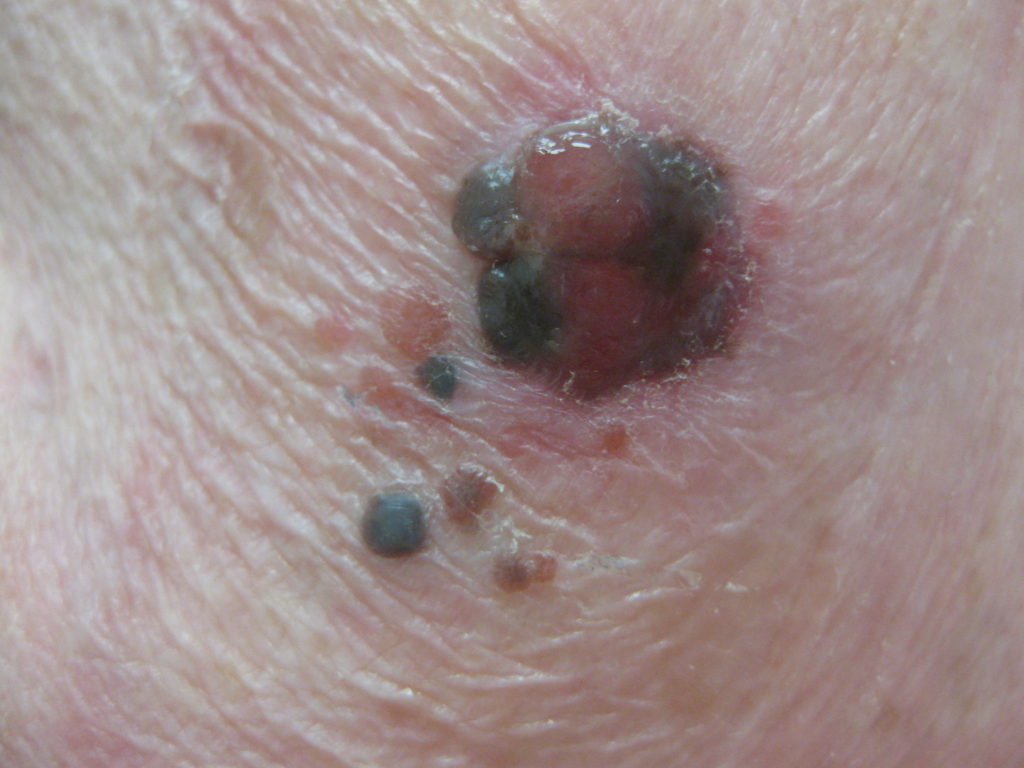








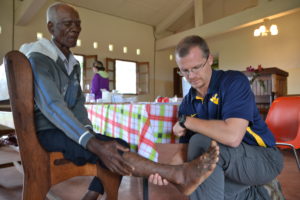






 Laser Vein Reduction Treatments
Laser Vein Reduction Treatments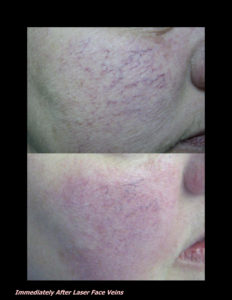
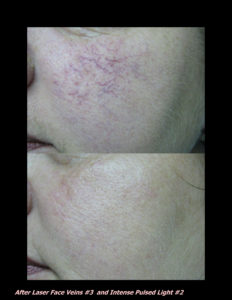
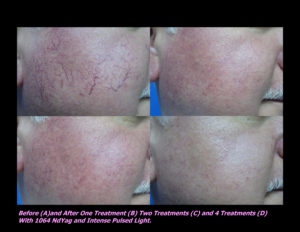
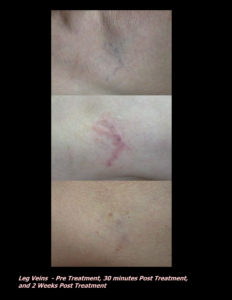
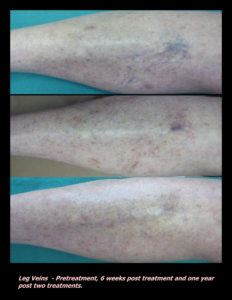
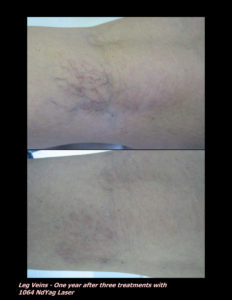
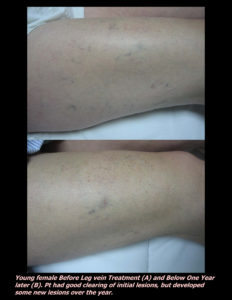
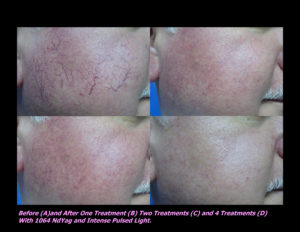
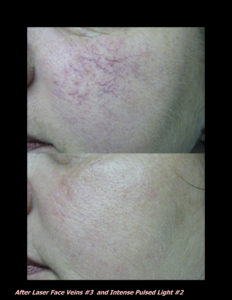

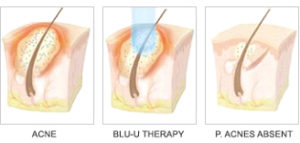
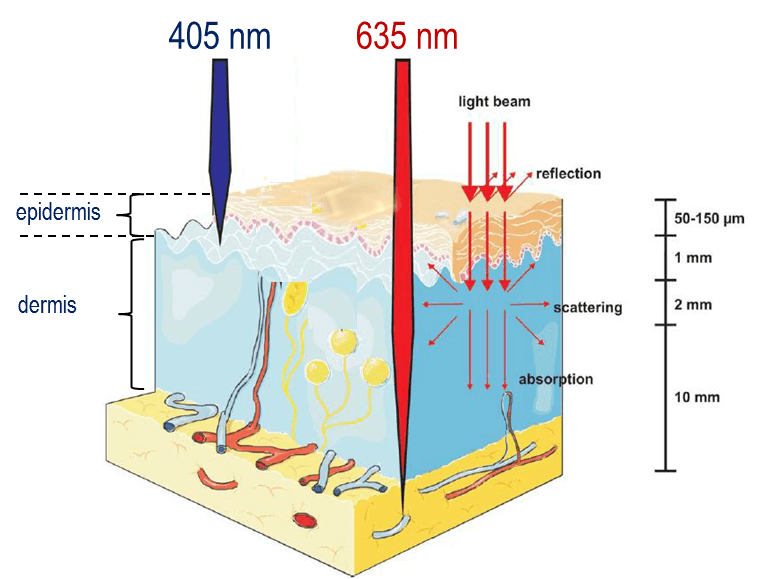

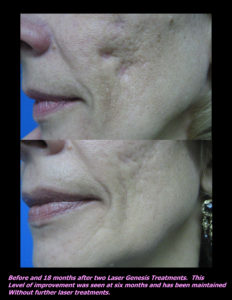


 DP Dermaceutical Products
DP Dermaceutical Products





